In the latest episode of a reality TV show in Vietnam, the message of spreading Vietnamese cuisine to the world became the main topic, attracting the attention of viewers as well as foreign guests. " To make Vietnamese cuisine become the kitchen of the world " is the most notable message.
This statement can be traced back to the comment of Professor Philip Kotler - the father of modern marketing - in the conference "New Marketing in the New Era" in 2007. There have also been many analytical articles citing the image of "the world's kitchen" as a suggestion for the image that Vietnam should develop. Recently, Dan Tri newspaper also had an article by Dr. Vu Tien Loc mentioning this content.
The story is not new, but it evokes many thoughts about the policy of building a national brand for Vietnam.
Culinary quintessence is not fast food
First of all, in my opinion, the concept of "kitchen" is just a detail in the culinary picture, including ingredients associated with geographical characteristics, cooking and eating methods associated with the culture and history of the nation. "Kitchen", therefore, can only be quantified in terms of the level of food supply for the world, but is not equivalent to talking about promoting cuisine.
Therefore, if the image of the "kitchen" is linked to solving global food security issues as stipulated in the Sustainable Development Goals (SDGs), the element of promoting Vietnamese culture through cuisine will be limited.
The original quote by Professor Kotler was a suggestion he made for Vietnam after referring to China as the world’s factory and India as the world’s office. At first glance, this seems to be a suggestion for a memorable brand for Vietnam based on Vietnam’s rich food resources and culinary traditions.
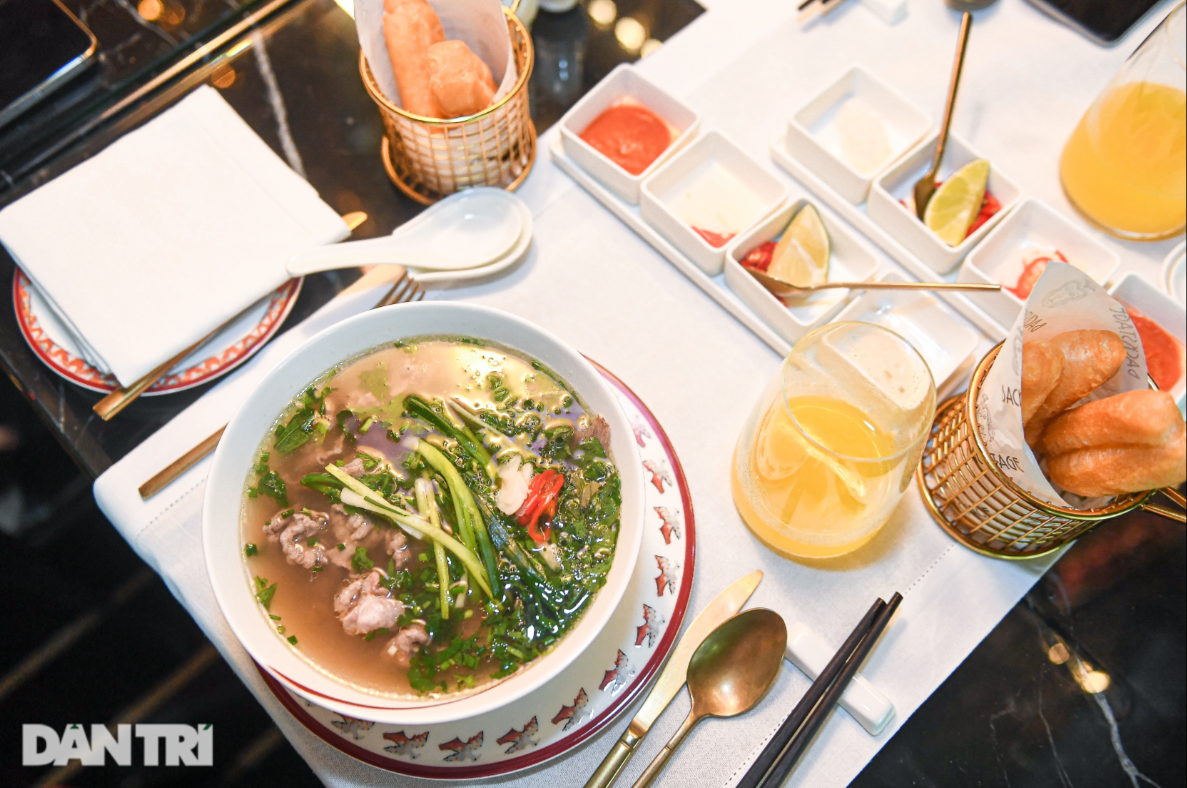
During their tour in Hanoi in July 2023, Blackpink gave many compliments to Vietnamese cuisine. Member Rosé especially loved pho and described the act of "slurping down the last drop" when enjoying this famous dish. (Photo: Toan Vu).
However, Professor Kotler's assessment is based on the premise of economic globalization turning countries into links in the "global value chain". If we agree with this assessment, we need to admit that "kitchen" here is not the culinary quintessence, but the production of food in the production line to provide this service to the whole world.
Unlike building a series of factories with cheap labor like in China or building hundreds of call centers and offices for outsourcing services ( offshore) like in India, Vietnam cannot build thousands of kitchens to serve the food consumption needs of the world's population.
A more feasible path for Vietnam to pursue its strategy of becoming the "kitchen of the world" is to become the largest food exporter. This is especially important in the context of the complex developments in the world situation. This context has indirectly affected the goal of ensuring food security of countries. This promising picture is partly reinforced by the good news in the data of the first half of 2023 of Vietnam, with 3 consecutive months of seafood export turnover worth 1 billion USD and rice export reaching about 2 million tons.
In addition, to become a "kitchen" for billions of people, the goal that Vietnam needs to aim for is to find ways to spread Vietnamese dishes through trade. This is increasingly feasible with the industrialization of Vietnamese dishes and the export of Vietnamese foods using technologies such as freeze-drying or vacuum-packing (for example: freeze-dried pho products).
But, that is not introducing Vietnamese cuisine but simply introducing a product to the international market. We imagine that Japan cannot introduce their culinary quintessence through instant noodles, even though the Japanese invented the dish that we often call instant noodles. France, Korea… also cannot introduce their cuisine through freeze-dried food.
Thus, the concept of "kitchen" as understood above only stops at the level of providing raw food, not promoting Vietnamese cuisine.
Cuisine is culture, history, and diversity over time and space, so it cannot become a consistent subject like "a kitchen of the world".
Even more strictly, for a country to become the "kitchen" of the world requires the assimilation of the global population's eating culture. An example that is similar to the image of "kitchen" is the image of McDonald's - a fast food brand from the United States. Does Vietnam have the strength and really want to promote its national brand with fast food to impress the international community?
Thinking about Vietnamese cuisine from a national brand perspective
At a more macro and long-term strategic level, the intention behind the “world’s kitchen” image needs to be understood through a concept that intersects marketing, international relations, and public diplomacy – that of nation branding.
"Nation branding" according to Simon Anholt - one of the policy analysts whose name is associated with this concept, is "the total perception of the people about a country through national competence". When referring to branding, an important issue to focus on is uniqueness and distinction. Countries are placed in a market where they have to find strengths to exploit, compete for the attention and good perception of consumers - which is the public around the world.
From this perspective, the brand "kitchen of the world" is even more difficult to implement when it has been used by an ASEAN country very close to Vietnam before.
Since 2004, Thais have been promoting their country as the "kitchen of the world" and recently they have shown a more global mindset by gradually abandoning the "kitchen of the world" image to aim for more specific roles, addressing food security issues, such as "the innovation hub of Asia" to address food shortages after Covid-19, or "a hotspot for startups and "agro-preneurs" to promote green economy and digital transformation to keep up with technology trends.
Thus, if Vietnam really chooses this image at present, this can be considered a slow step compared to the times and requires a lot of investment to create a difference from the way Thailand has been doing for a long time.
Brand prospects of Vietnamese cuisine
Since 2008, the Vietnamese government has had resolutions focusing on cultural diplomacy, including promoting Vietnam's image to the world through cuisine.
The establishment of the Vietnam Culinary Culture Association in 2017 demonstrates the move to include cuisine as part of national branding. Currently, the Association has entered phase 2 in building a "Collection of 1,000 typical Vietnamese culinary dishes," conducting digital transformation into an "online map of Vietnamese cuisine," and an "online museum of Vietnamese cuisine."
In addition, the world's recognition of Vietnamese cuisine is increasingly widespread. For example, the words "pho" and "banh mi" have become terms recognized by the Oxford Dictionary instead of having to use the same concepts of "noodle" and "baguette" or "sandwich" with dishes of other cuisines. The appearance of Vietnamese restaurants and eateries in the Michelin ranking list this year is a positive signal for the international integration of Vietnamese cuisine.
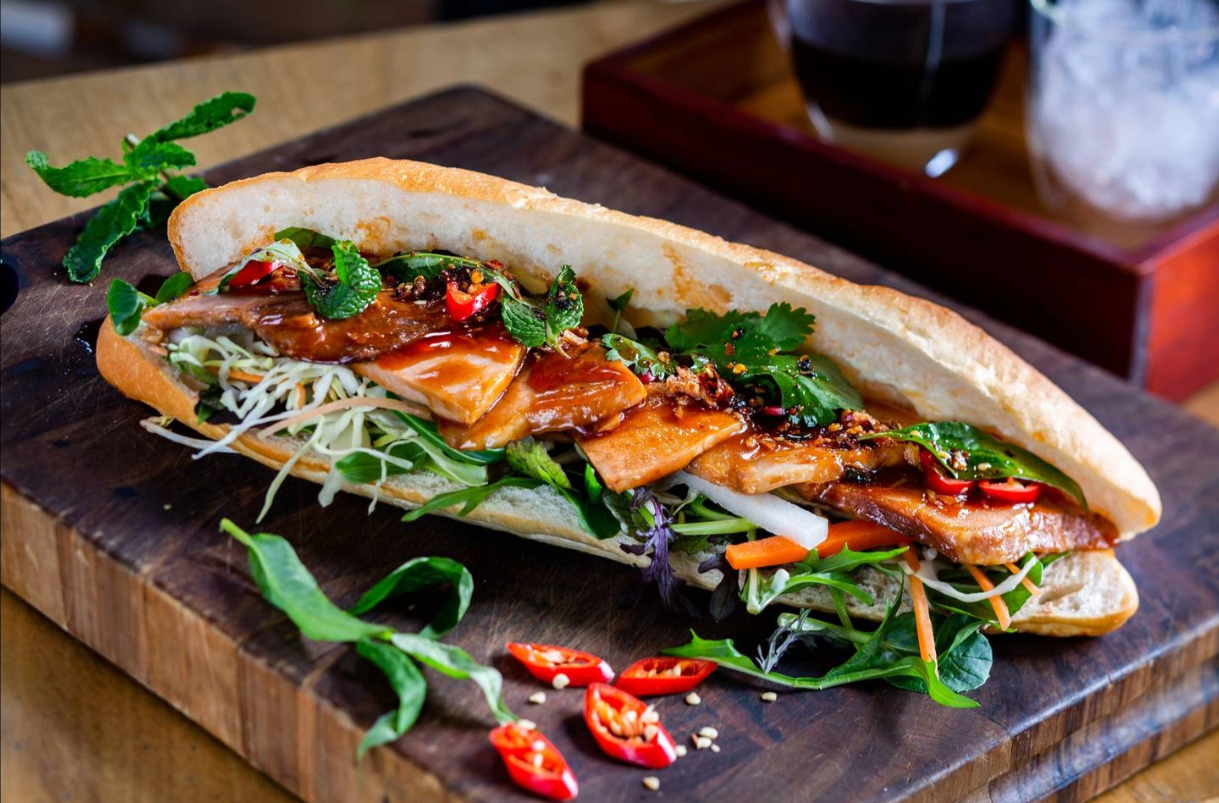
Vietnamese sandwiches served at "Duck Duck Goose Eatery", Auckland, New Zealand's largest city (Photo: Nzherald)
In general, the image of "the world's kitchen", although easy to remember, is ambiguous in its meaning and not comprehensive enough for the goal of spreading Vietnamese culture. This image is not suitable for the orientation of cultural diplomacy, nor does it bring long-term competitive brand value to Vietnamese cuisine. Moreover, equating "cuisine" with "kitchen" is to simplify Vietnamese culture and history associated with cuisine. Instead, Vietnam needs to aim for a more valuable brand and a strategy to penetrate the world culinary map.
From a food perspective, Vietnam must aim for sustainable agricultural development values and solve domestic and international food problems. An example of food that Vietnam can focus more on is coffee beans. At the same time as increasing coffee export output, Vietnam needs to focus on promoting Vietnamese coffee-related culture such as the image of a coffee filter or coffee dishes that are unique to Vietnam such as egg coffee.
With the approach of promoting cuisine, Vietnam always needs to aim for diversity to create momentum for acceptance by the international public, especially with countries whose cuisine is far different from Vietnam.
From providing a lot of information to organizing culinary experiences and exchanges, Vietnamese cuisine needs to aim to connect and gradually penetrate the lives of local people, and even aim to become an indispensable part of the cuisine of other countries, like the way "chicken tikka masala" originating from India became a "national" dish in the UK.
Author: Le Ngoc Thao Nguyen is currently a PhD candidate in Politics & History at the University of Nottingham, Ningbo Branch (China). Her research focuses on public diplomacy, cultural diplomacy and soft power of Vietnam, China and South Korea.
Prior to that, she spent more than 6 years researching and teaching International Relations at universities in Ho Chi Minh City such as the University of Social Sciences and Humanities, University of Economics and Law, Hong Bang International University and Ho Chi Minh City University of Economics and Finance. She received a Master's degree in Global Politics from Aberystwyth University (UK) and a BA in International Relations from the University of Nottingham (UK).
Dantri.com.vn


![[Photo] Promoting friendship, solidarity and cooperation between the armies and people of the two countries](https://vstatic.vietnam.vn/vietnam/resource/IMAGE/2025/4/17/0c4d087864f14092aed77252590b6bae)
![[Photo] Closing of the 4th Summit of the Partnership for Green Growth and the Global Goals](https://vstatic.vietnam.vn/vietnam/resource/IMAGE/2025/4/17/c0a0df9852c84e58be0a8b939189c85a)
![[Photo] National Assembly Chairman Tran Thanh Man meets with outstanding workers in the oil and gas industry](https://vstatic.vietnam.vn/vietnam/resource/IMAGE/2025/4/17/1d0de4026b75434ab34279624db7ee4a)
![[Photo] General Secretary To Lam receives French Ambassador to Vietnam Olivier Brochet](https://vstatic.vietnam.vn/vietnam/resource/IMAGE/2025/4/17/49224f0f12e84b66a73b17eb251f7278)

![[Photo] Nhan Dan Newspaper announces the project "Love Vietnam so much"](https://vstatic.vietnam.vn/vietnam/resource/IMAGE/2025/4/17/362f882012d3432783fc92fab1b3e980)
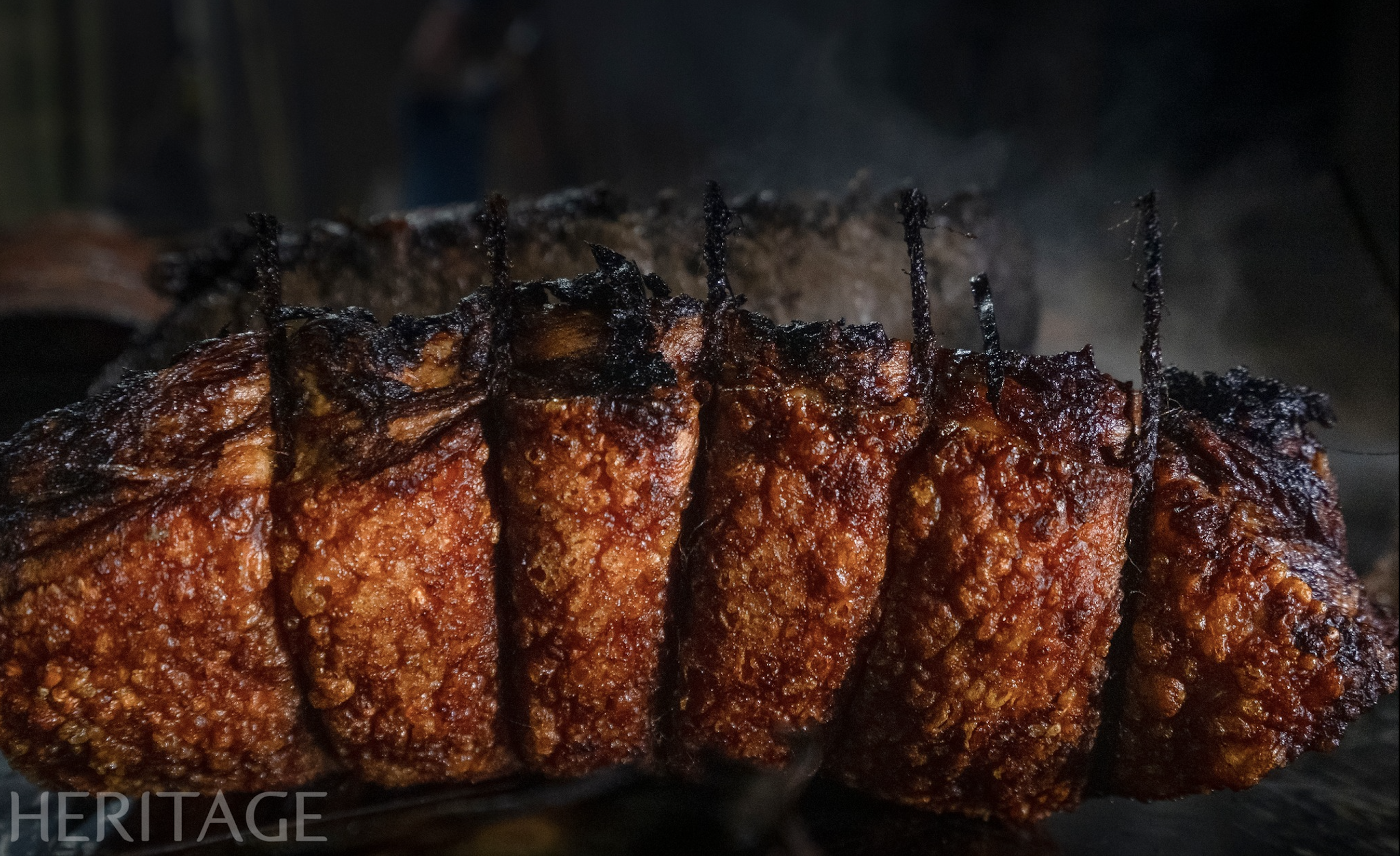

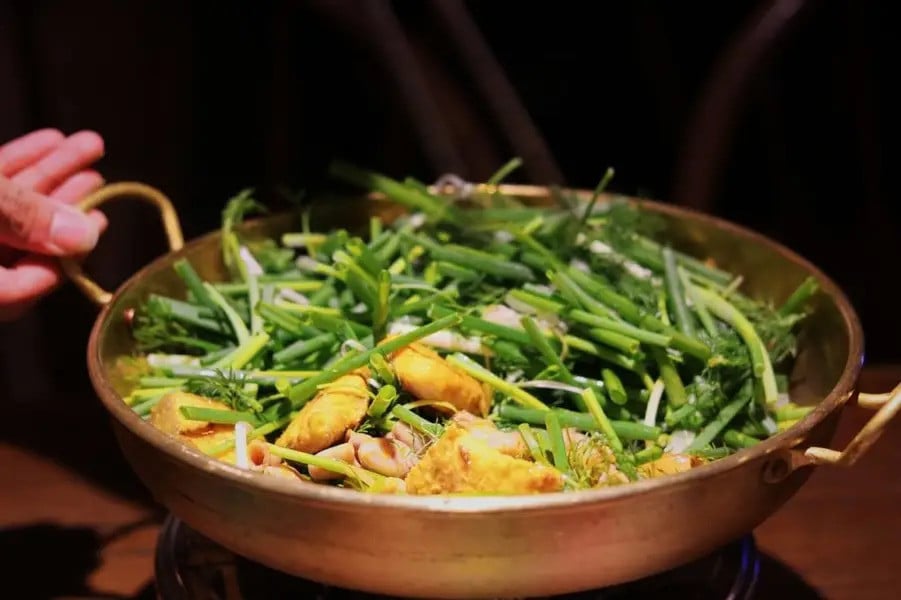




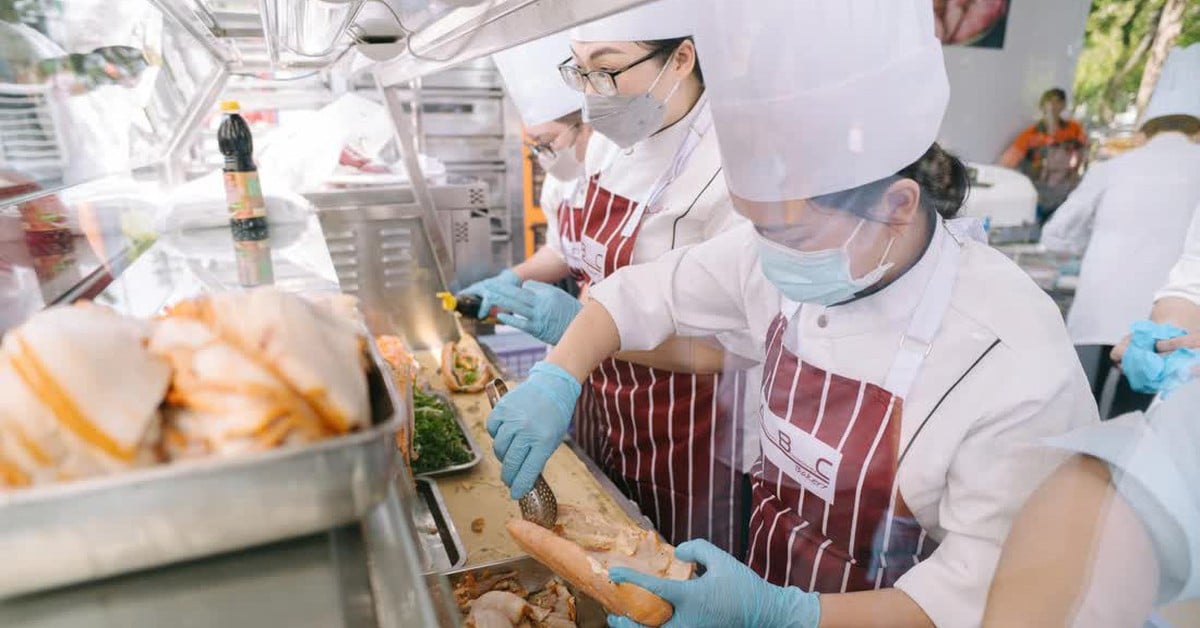












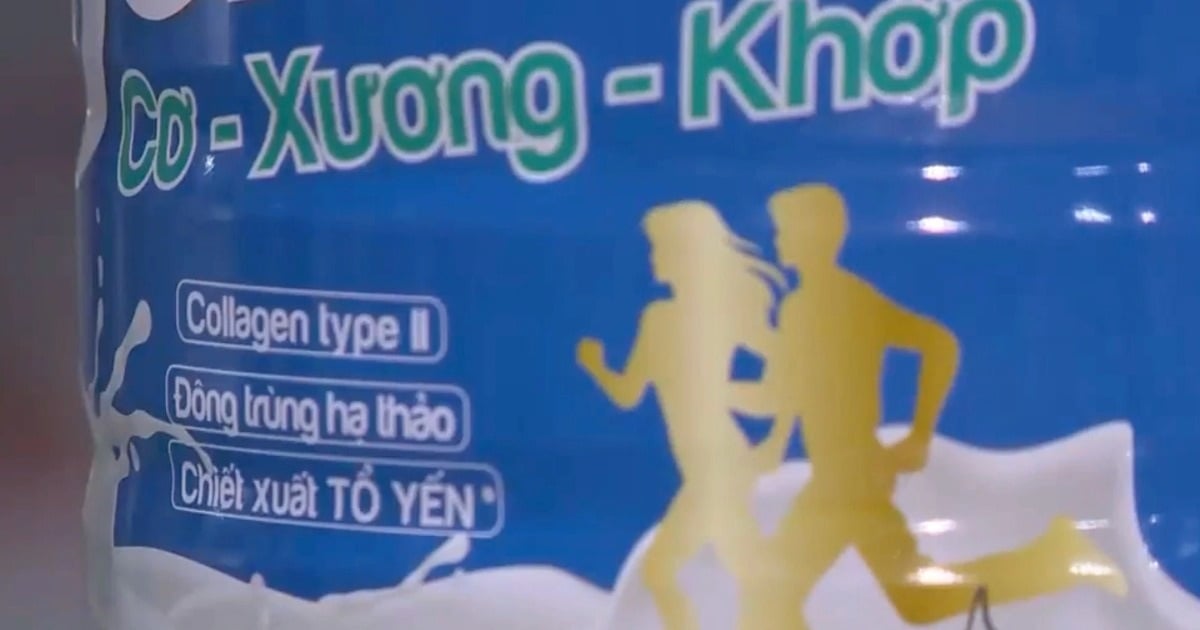


![[Photo] Welcoming ceremony for Chinese Defense Minister and delegation for friendship exchange](https://vstatic.vietnam.vn/vietnam/resource/IMAGE/2025/4/17/fadd533046594e5cacbb28de4c4d5655)
























![[Video] Viettel officially puts into operation the largest submarine optical cable line in Vietnam](https://vstatic.vietnam.vn/vietnam/resource/IMAGE/2025/4/17/f19008c6010c4a538cc422cb791ca0a1)
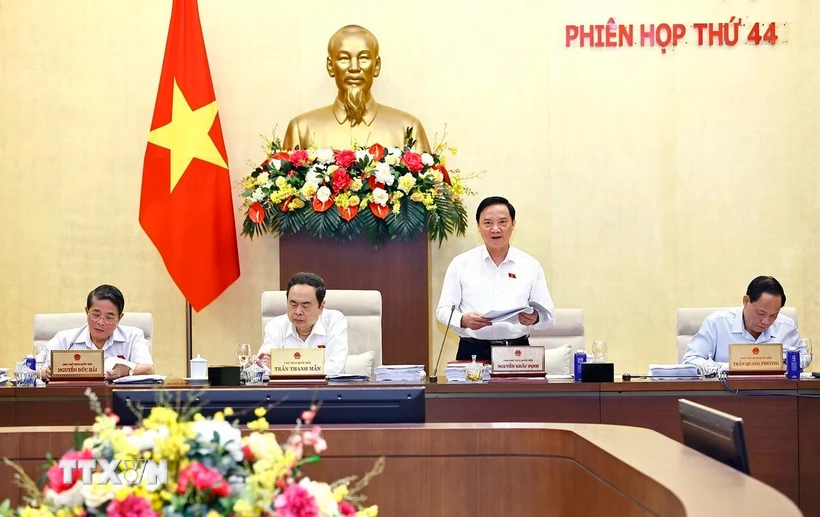
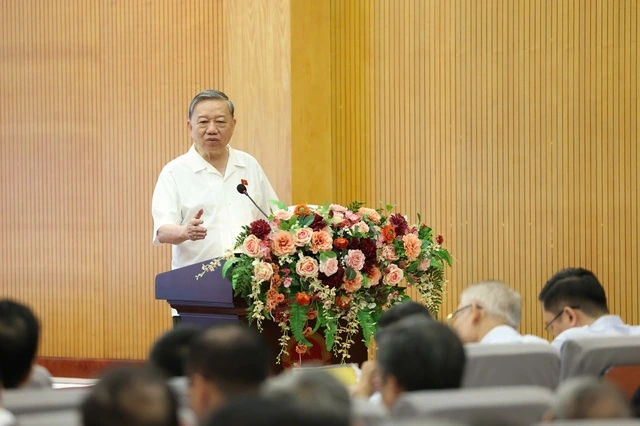

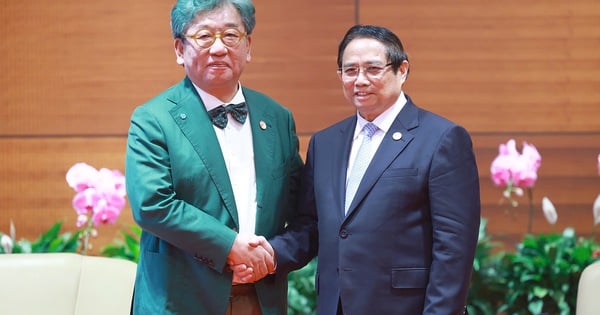


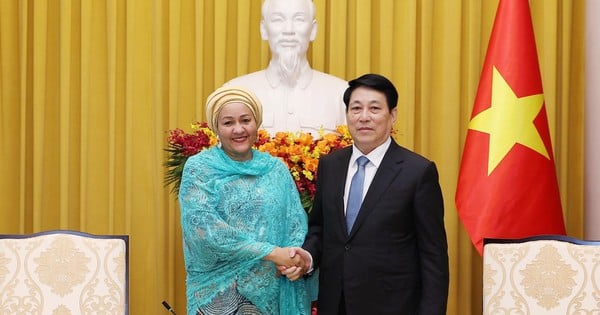
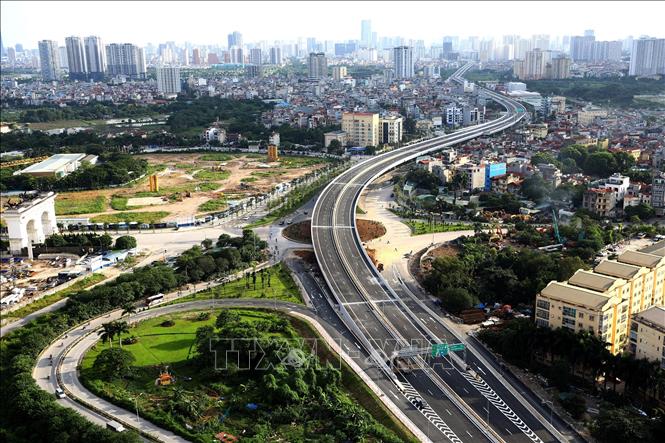



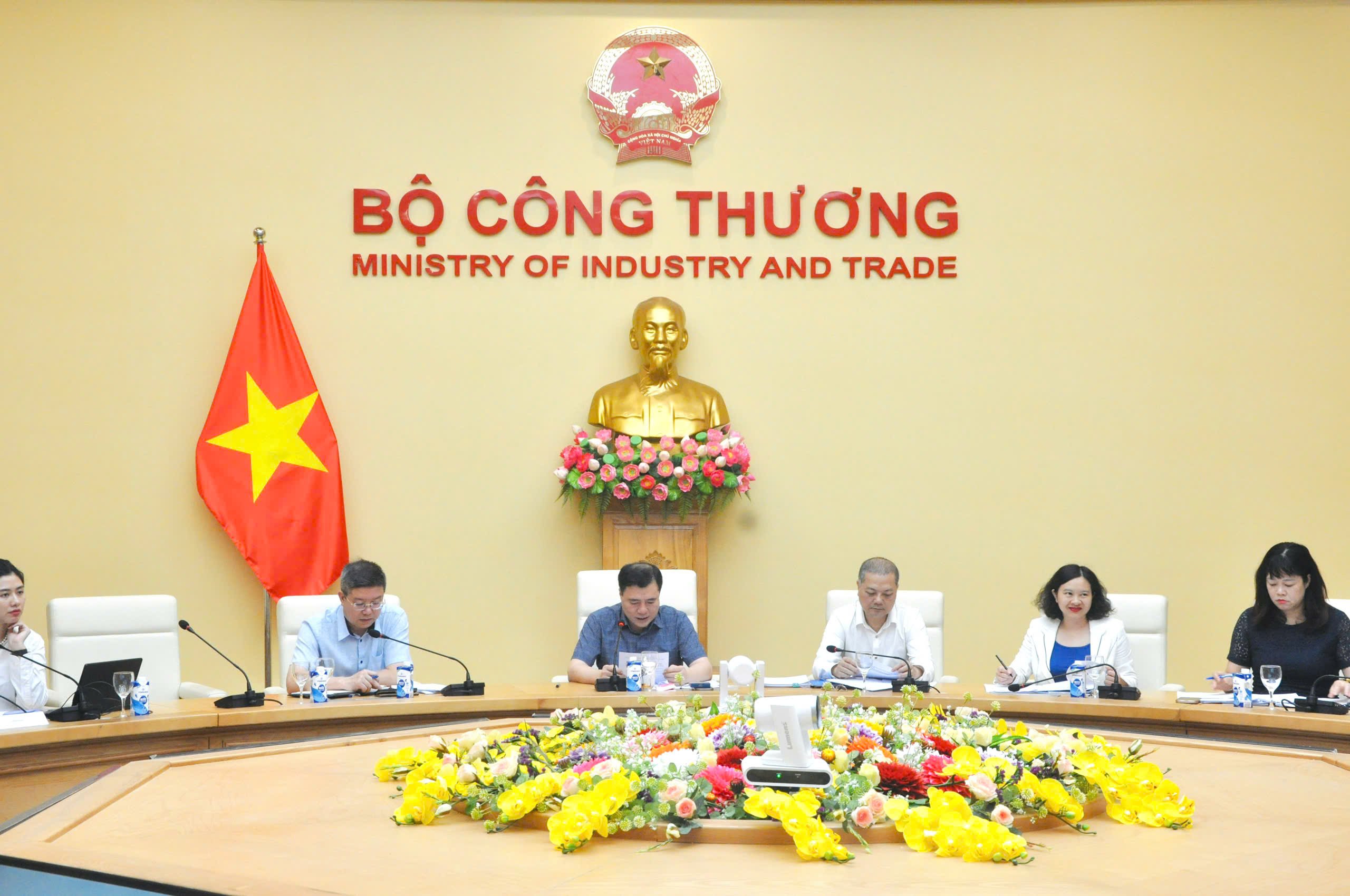

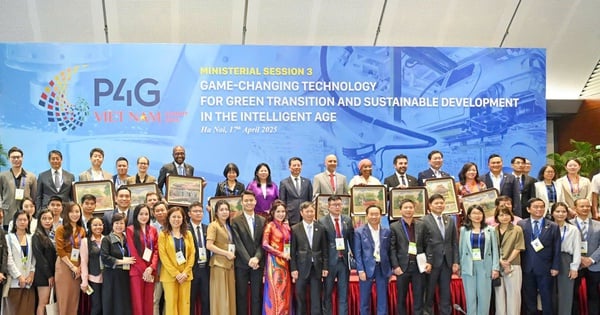



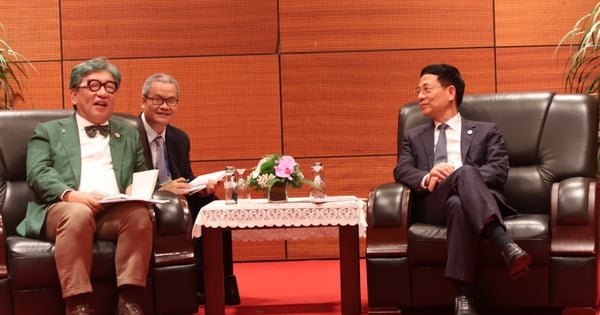




















Comment (0)